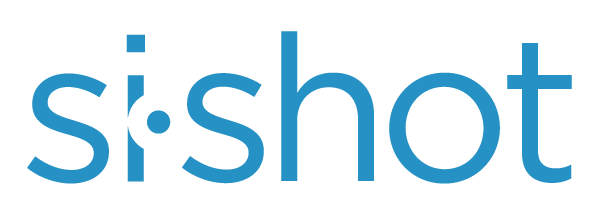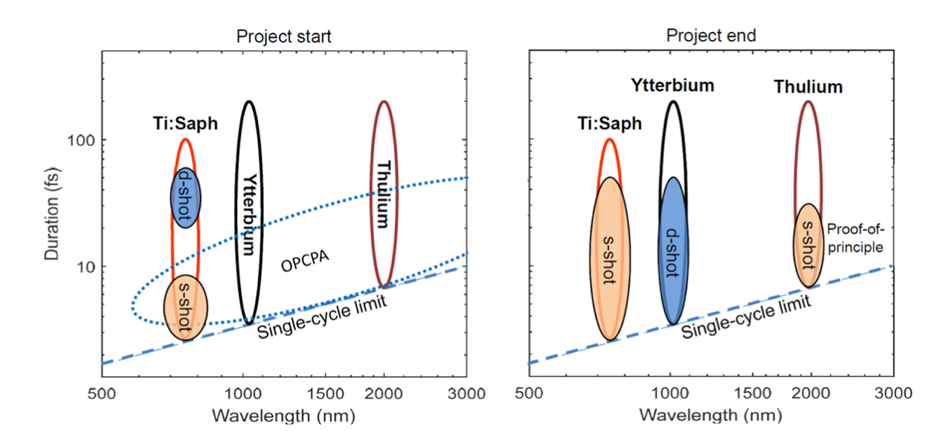SINGLE-SHOT, ULTRASHORT LASER PULSE CHARACTERIZATION
Ultrashort laser pulses are prominent enabling tools in countless advanced applications, ranging from fundamental research to medical and industrial use. However, straightforward characterization of ultrashort laser pulses remains a nontrivial task. The proposed project (acronym: SISHOT) focuses on the development of advanced ultrashort laser pulse characterization. We propose two implementations, named s-shot and d-shot, capable of characterizing ultrashort laser pulses in single-shot operation.

Single-shot characterization techniques are particularly appealing because they can measure the temporal profile of individual laser pulses without artefacts, often originating from averaging. The proposed techniques can directly link the measured pulse parameters to the outcome of experiments for every laser shot as well as give immediate, real- time feedback to the adjustment and optimisation of any ultrashort pulse laser. In comparison to the competitors, our instruments are easier to use and the measurements are more intuitive to interpret.
DESCRIPTION
The advent of ultrashort pulse lasers, emitting pulses in the femtosecond (1 fs=10-15 s) regime, had a disruptive impact on science and engineering, enabling countless applications ranging from fundamental research to high-precision material processing as well as diagnostics and treatment in medicine. Many of these applications require the exact knowledge of the temporal shape of the used ultrashort pulses. However, characterizing ultrashort pulses is an equally challenging task as creating them.
Usually, ultrashort pulse characterization techniques are scanning approaches, i.e. many subsequent pulses contribute to the measurement. Thus, scanning approaches measure the average pulse in a sequence of pulses, which can be seriously misleading, if the pulses vary strongly from each other. In the course of this EIC Transition project (acronym SISHOT), we will focus at the further development of two single-shot diagnostic implementations, commercially named s-shot and d-shot, that can measure the temporal profile of individual laser pulses without averaging or artefacts and thus provide real-time feedback to the adjustment and optimisation of any ultrashort pulse laser.
The two single shot implementations, s-shot and d-shot, cover a large range of pulse durations around the important wavelength of 800 nm, in complementary approaches.The s-shot currently focuses at the single- to few-cycle regime (~3-10 fs), which is very relevant to the latest developments in ultrashort pulse lasers for research applications. The d-shot currently addresses longer pulses, in the multi-cycle regime (~20-50 fs), more relevant to industrial and medical applications.
The desired outcome of the project concerning the two techniques is illustrated in Figure 1. With the comprehensive R&D program that is part of this project we will also be able to provide customers with special solutions in any spectral range from the visible to the mid-infrared, including the potentially important future market at 2 μm.
The two approaches, s-shot and d-shot, are fully protected by patents for the most relevant global markets, including Europe and the USA.
The two partners in the SISHOT project are Lund University, Sweden (research group for Attosecond Physics) and the company Sphere Ultrafast Photonics, based in Porto, Portugal. The leading PIs are associate prof. Cord L. Arnold at Lund University and Rosa Romero, CEO of Sphere Ultrafast Photonics.

Figure 1: Illustration of the s-shot and d-shot approaches in respect to important laser technologies on the market. Left: Project start. Right: Project end.
